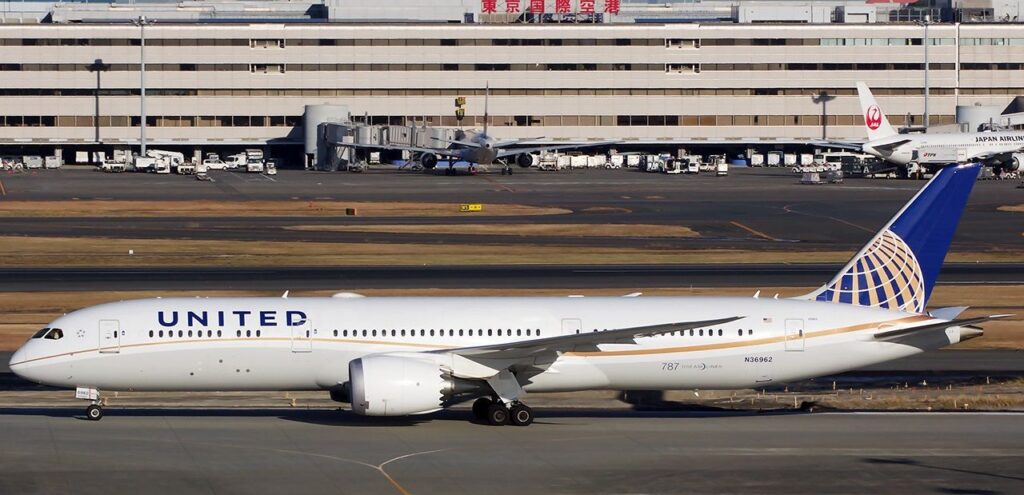United Airlines Third Quarter Q3 Sales Drop 78%
A pilot walks by United Airlines planes at the San Francisco International Airport in April. GETTY IMAGES United Airlines Holdings Inc. stock (Nasdaq: UAL) fell late Wednesday after the airline reported a 78% drop in quarterly…
